Introduction: Returning to the Rage
After a long and troubled production journey that mirrored the film's own time jump, the 28 Days Later saga has finally returned, plunging audiences back into its rage-filled vision of a desolate Britain. 28 Years Later is more than just a survival-horror sequel; it is a profound exploration of family, the loss of innocence, and the different ways humanity adapts—or fails to adapt—in the face of unrelenting apocalypse. This detailed analysis will break down the film's intricate plot, explore its rich symbolism and recurring themes, examine the terrifying evolution of the infected, and explain the thought-provoking and deeply unsettling final act.
Echoes of the Past: Innocence Lost
The film opens with a powerful juxtaposition, setting a scene of childhood innocence against the encroaching horror of the outbreak 28 years prior. We meet a young boy, Jimmy, watching Teletubbies—a show defined by its bright colors, simple joys, and a gang of friends working together. This imagery of purity is violently shattered when the Rage virus descends upon his village. This opening sequence masterfully establishes one of the movie's central themes: the forced and brutal transition from childhood to a hardened adulthood.
Jimmy's father, a local priest, interprets the viral outbreak not as a plague but as a biblical, rapturous event. He sees the infected as "saved," not dead, a belief that brings the franchise's religious undertones to the forefront. This concept builds on the infected priest from the first film, but here it is twisted into a corrupting paternal influence. The father's faith leads him to embrace the chaos, almost sacrificing his son in his religious fervor. Jimmy is forced to flee, turning away from his literal and spiritual "father," clutching an upside-down crucifix—a symbol that he later wears. Historically associated with Saint Peter's martyrdom, the inverted cross is now more commonly seen as a rejection of Christianity, which perfectly reflects Jimmy’s journey. He has been forsaken by his father and, in his eyes, by God. This early trauma shapes the man he becomes decades later, a figure whose appearance is a chilling homage to another controversial children's icon, Jimmy Savile, representing a complete and twisted corruption of innocence.
A World Apart: Survival on Holy Island
The narrative then jumps to the present day, focusing on a secluded community surviving on Holy Island (Lindisfarne), a real-life tidal island off the coast of Northumberland. This setting is brilliantly symbolic. Britain itself has been cut off from the rest of the world after Europe managed to contain the virus to the island nation. Holy Island is thus an isolated community on an already isolated island, a microcosm of their predicament.
Life here is a strange mix of medieval survival and lingering cultural traditions. The islanders have developed a society built on self-sufficiency, with designated roles like hunter, farmer, and builder. Yet, resources are perilously scarce, as evidenced by signs imploring residents to "take only what you need" and the sight of a young boy, Spike, wearing ill-fitting adult-sized boots.
A crucial part of their culture is a strange rite of passage known as "blooding," where young boys are taken to the mainland to make their first kill of an infected person. This ritual, complete with unsettling masks that mimic the blood-crying infected, underscores how violence has been institutionalized and woven into the fabric of coming-of-age. Their existence is a paradox: they are safe, but stagnant, holding onto traditions that glorify the very violence they hide from.
Themes of Fatherhood and Family Breakdown
At the heart of the story is Spike, a young boy forced to grow up far too quickly. His mother, Isla, is slowly dying from brain cancer, and his father, Jamie, is emotionally neglectful and struggling with his role as a caretaker. Jamie pushes Spike into the "blooding" ritual, eager for his son to become a man by embracing the world's brutality. He teaches Spike that "the more you kill, the easier it gets," a grim philosophy for adulthood.
This paternal pressure is a recurring theme throughout the franchise. From Frank nearly turning on Hannah in the first film to Don hunting his own children in the second, fathers are often portrayed as figures of immense danger. Jamie's character is complex; he is not purely evil, but a man broken by circumstance. His affair with another woman, Rosie, is a betrayal born from the exhaustion of caring for a wife he no longer connects with, a woman whose mind is fading. When Spike confronts him, Jamie's suppressed rage manifests in a moment of violence, striking his son and solidifying the emotional chasm between them. Spike, in turn, fully assumes the caregiver role his father has abdicated, making the brave decision to take his mother to the mainland in a desperate search for a doctor.
The Journey to the Mainland: A Perilous Pilgrimage
Spike’s journey with Isla across the causeway is more than a physical trip; it is a symbolic crossing into a new stage of life. The first time he crossed, he was a child under his father's command. This time, he is his mother's protector, an adult by choice and necessity. The mainland is a wasteland, but it is also a place of truth.
Their path takes them past a haunting landmark: the Sycamore Gap tree, famously cut down in an act of vandalism in 2023. In the world of the film, the tree still stands, digitally inserted as a poignant reminder of a world that was lost—both in fiction and reality. It is a place of memory for Isla, who recalls visiting it with her own father, triggering a moment of clarity before her illness pulls her back under.
This journey highlights the stark differences between the islanders and those who survive on the mainland. The islanders are sheltered, their views shaped by fear and ritual. On the mainland, survival is raw and unfiltered, demanding a completely different kind of strength and understanding.
The Evolution of the Infected: A Virus Adapts
One of the most compelling aspects of 28 Years Later is the evolution of the Rage virus and its hosts. The original infected were mindless, burning themselves out through constant, frenzied aggression and eventually dying of starvation. For a virus to survive, it must not kill its host too quickly. Over 28 years, the virus has mutated, creating new, more sustainable variants.
- The Slow-Lows: These infected are bloated and largely sedentary, conserving energy by crawling on the ground and scavenging for small prey like worms. They represent a version of the virus that has found a low-energy equilibrium, though they are still deadly when provoked.
- The Berserkers: Functioning much like wild animals, these infected hunt for food and are driven by a more primal, strategic rage than the first generation.
- The Alphas: The apex predators of this new world. The virus has acted almost like a growth hormone, creating towering, hyper-muscular infected with heightened intelligence. Alphas can strategize, laying traps and using the environment to their advantage. They seem to command hordes of lesser infected, waiting for a signal to attack, and even appear to influence the behavior of other animals, like deer and crows, through fear. They are a terrifying testament to the virus's ability to adapt and perfect its predatory design.
Memento Mori: Dr. Kelson and the Philosophy of Death
Upon reaching the mainland, Spike and Isla encounter the enigmatic Dr. Kelson, a figure who offers a starkly different philosophy from the islanders' fear-based survivalism. Where the islanders created rituals around killing, Kelson has created a ritual around remembrance. He lives beside a massive, haunting monument he calls "Memento Mori" ("Remember you must die"), constructed from the skulls of the dead.
Kelson is not a figure of darkness, but one of acceptance. He sees the monument not as a grim tribute to death, but as a profound celebration of life. Each skull, he explains, represents a life lived—a collection of thoughts, sights, and experiences. By confronting death so directly, he worships the preciousness and beauty of life. He offers Isla a peaceful, dignified end, a gift of mercy in a merciless world. He helps her pass away surrounded by love, and gives Spike the chance to place her skull atop the monument, an act of grieving and acceptance that finally allows him to transition into adulthood. Kelson's philosophy is encapsulated in a second phrase: "Memento Amoris"—remember you must love.
The Ending Explained: A New Beginning, A New Threat
After leaving his mother to rest, Spike makes the decision not to return to the island. He has outgrown its confining mentality. He writes a letter to his father, severing his final tie to his past life. Alone in the wilderness with the baby born from an infected mother—a symbol of pure innocence preserved against all odds—Spike’s journey of self-reliance seems to have just begun.
Suddenly, he is cornered by the infected, only to be saved by a bizarre, almost cartoonish group of survivors. They move with a strange, playful acrobaticism, laughing as they dispatch the infected. Their leader introduces himself as Jimmy—the very same boy from the film’s opening scene. He and his gang have coped with the apocalypse by never leaving their childhood behind, treating the wasteland as their playground and themselves as characters from a television show. Jimmy's gang, who look like a twisted version of the Power Rangers or the Teletubbies, represent a third way of survival: radical, arrested development. They don't fear the world or philosophize about it; they simply play in it.
The film ends with Spike, the boy who was forced to become an adult, shaking hands with Jimmy, the man who refuses to be one. Jimmy says, "Let's be pals," an invitation into his world of violent, joyful nihilism. This cliffhanger is profoundly unsettling. Spike has rejected his father's broken masculinity and Kelson's peaceful acceptance of death, only to be faced with a new, deeply ambiguous father figure. Is Jimmy a savior or a devil in disguise? His adoption of the Jimmy Savile persona, whether intentional or not, casts a sinister shadow over his seemingly carefree nature. Spike has traded one dysfunctional family for another, stepping from a world of grief into a world of madness.
Conclusion: The Unending Cycle
28 Years Later is a masterclass in thematic storytelling, using its post-apocalyptic setting to explore timeless human struggles. It argues that there is no single right way to survive trauma; there is only the path one chooses. From the rigid traditions of Holy Island to Dr. Kelson's stoic acceptance and Jimmy's chaotic glee, humanity finds different ways to endure. The film's powerful conclusion suggests that escaping one's past is only the beginning. For Spike, the true test of his newfound adulthood will be navigating a world where the lines between innocence and corruption, saviors and monsters, have been irrevocably blurred. The rage may have evolved, but the battle for the soul is far from over.
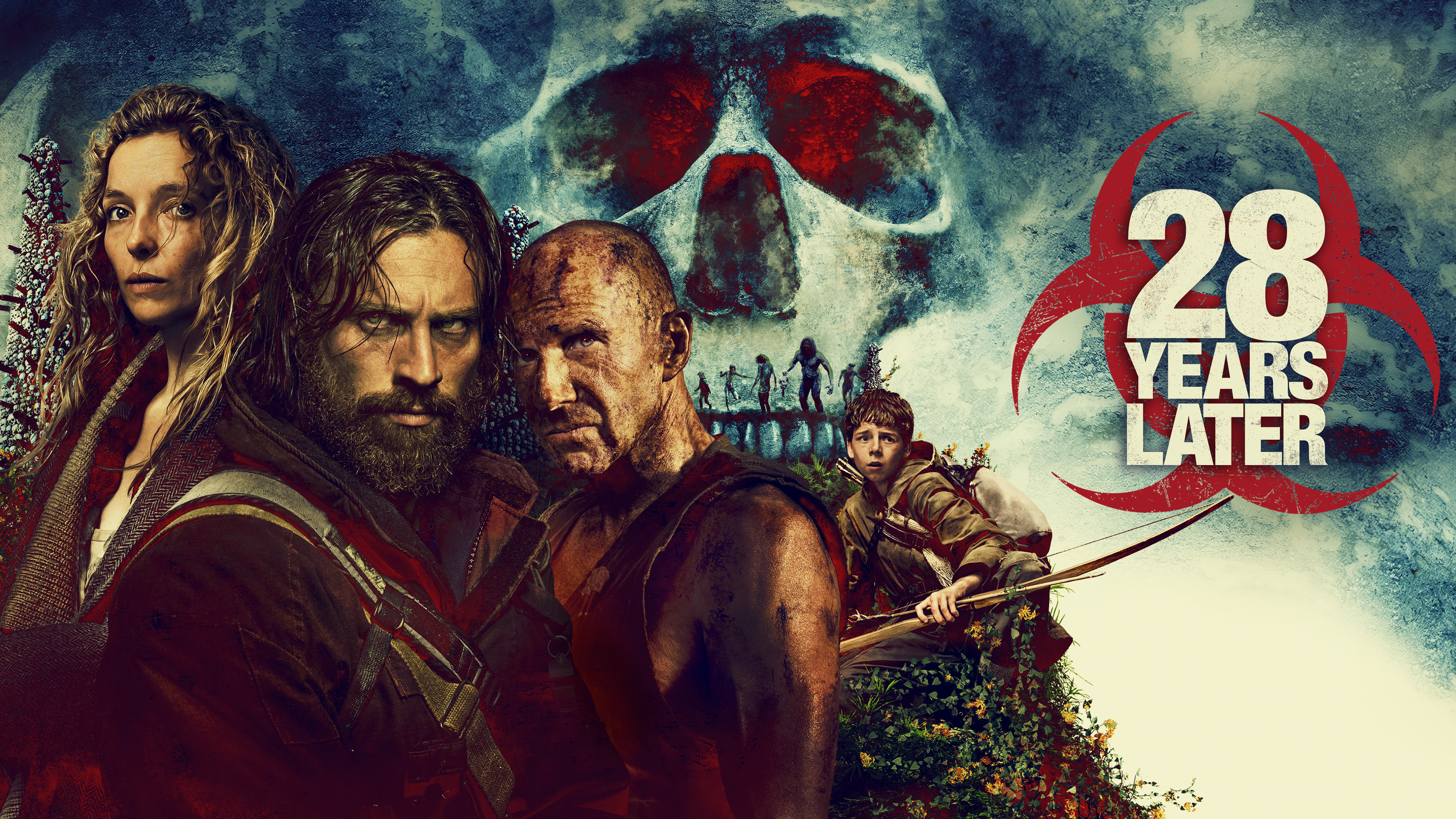

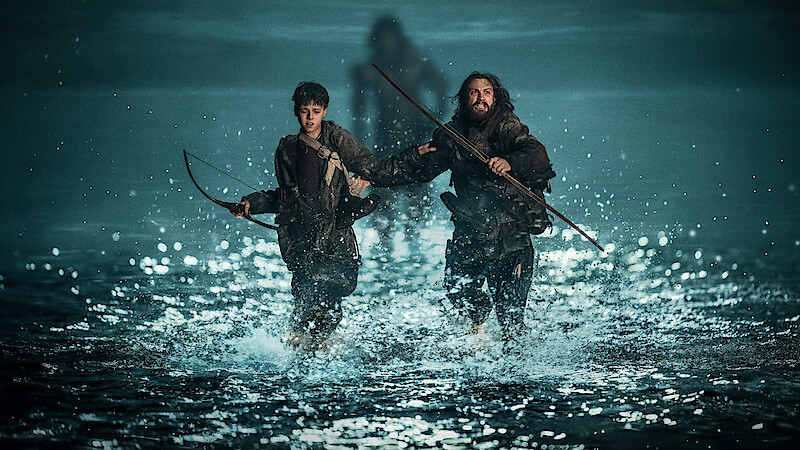

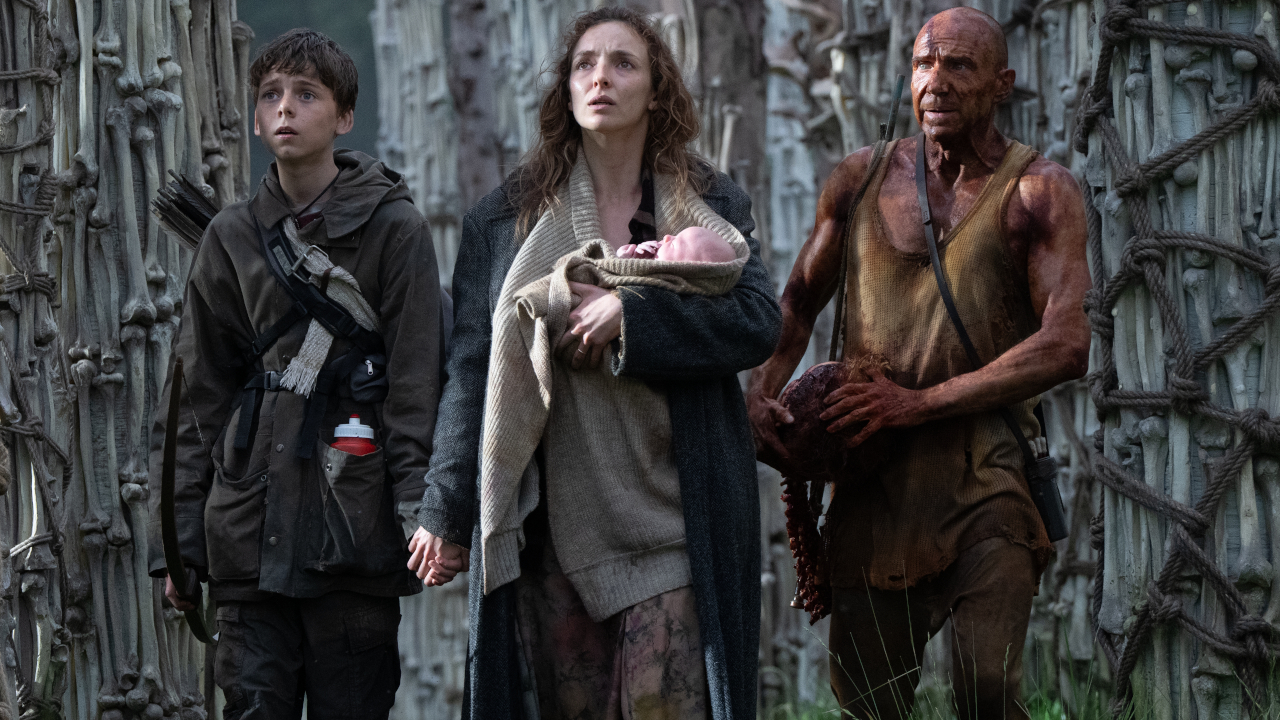
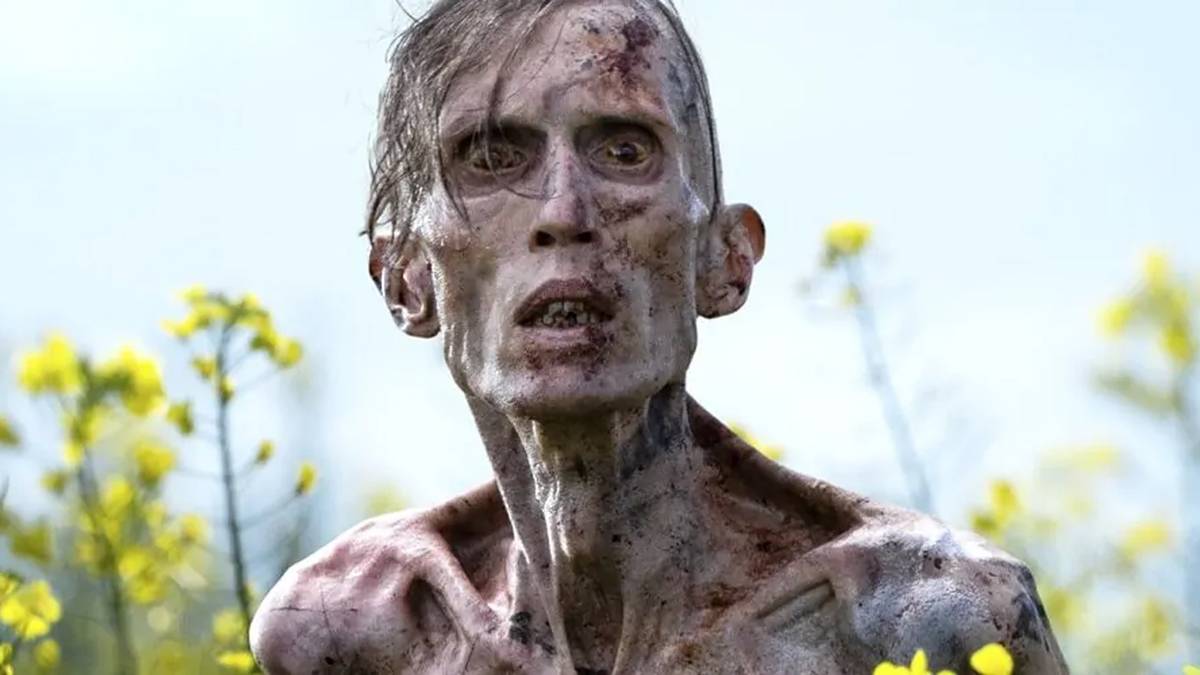
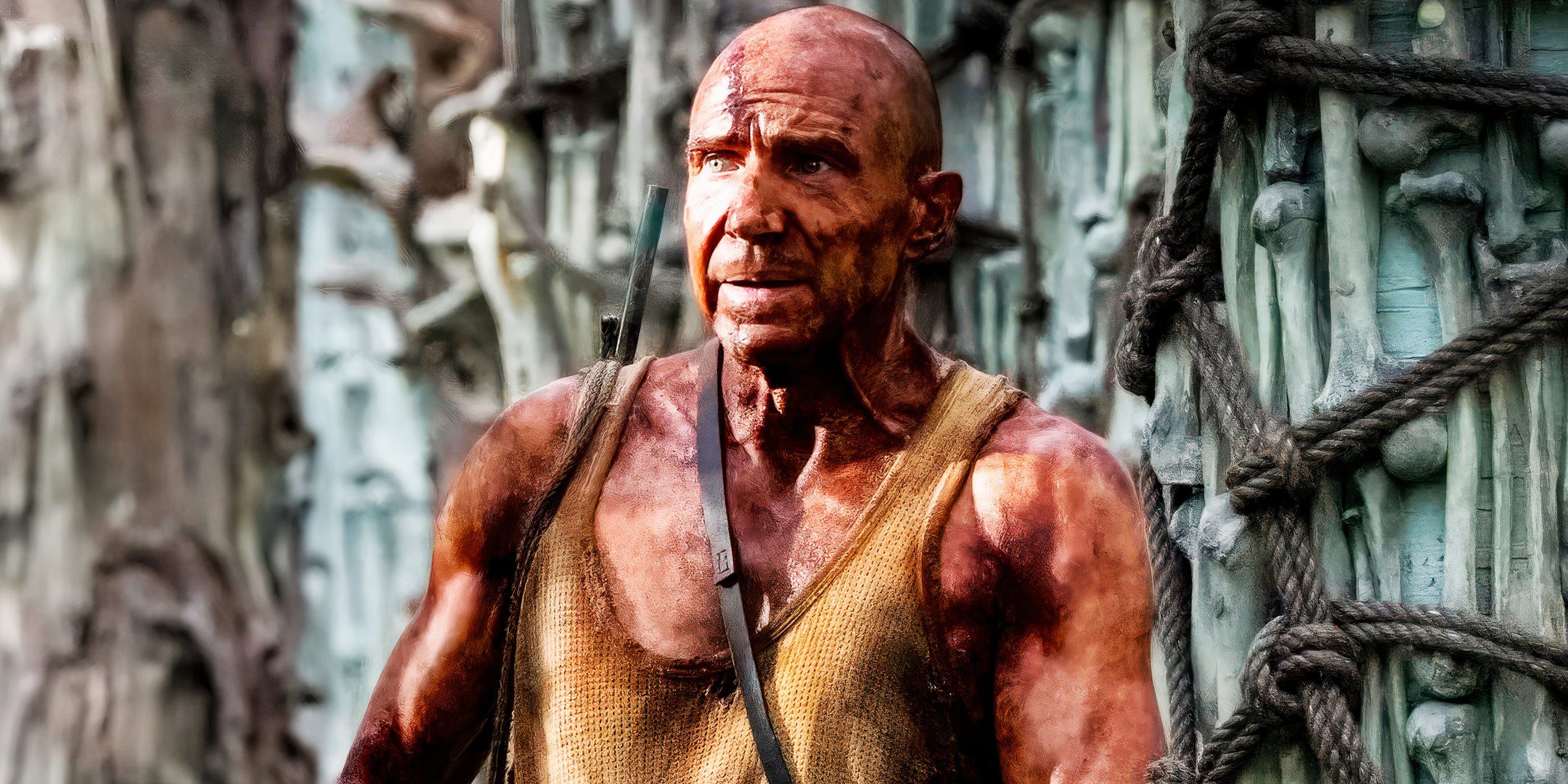
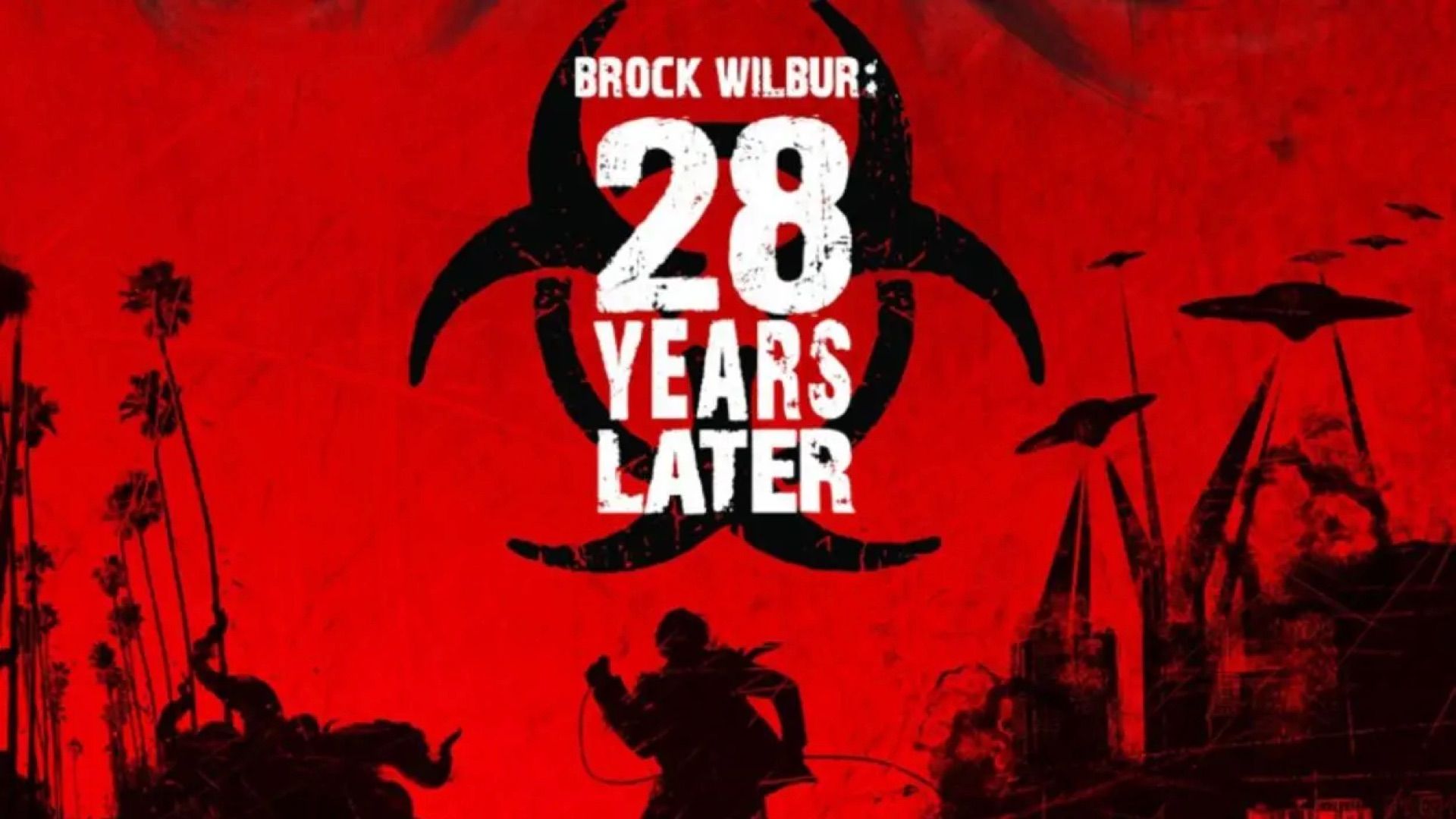

No comments:
Post a Comment